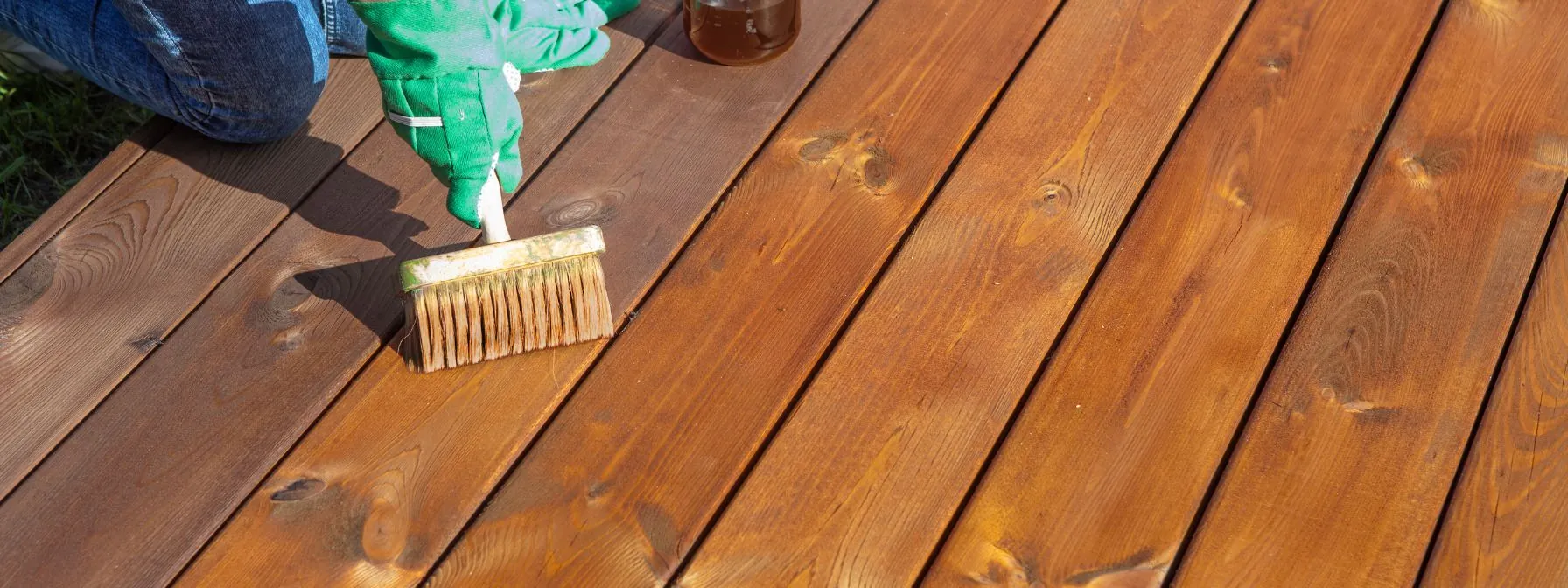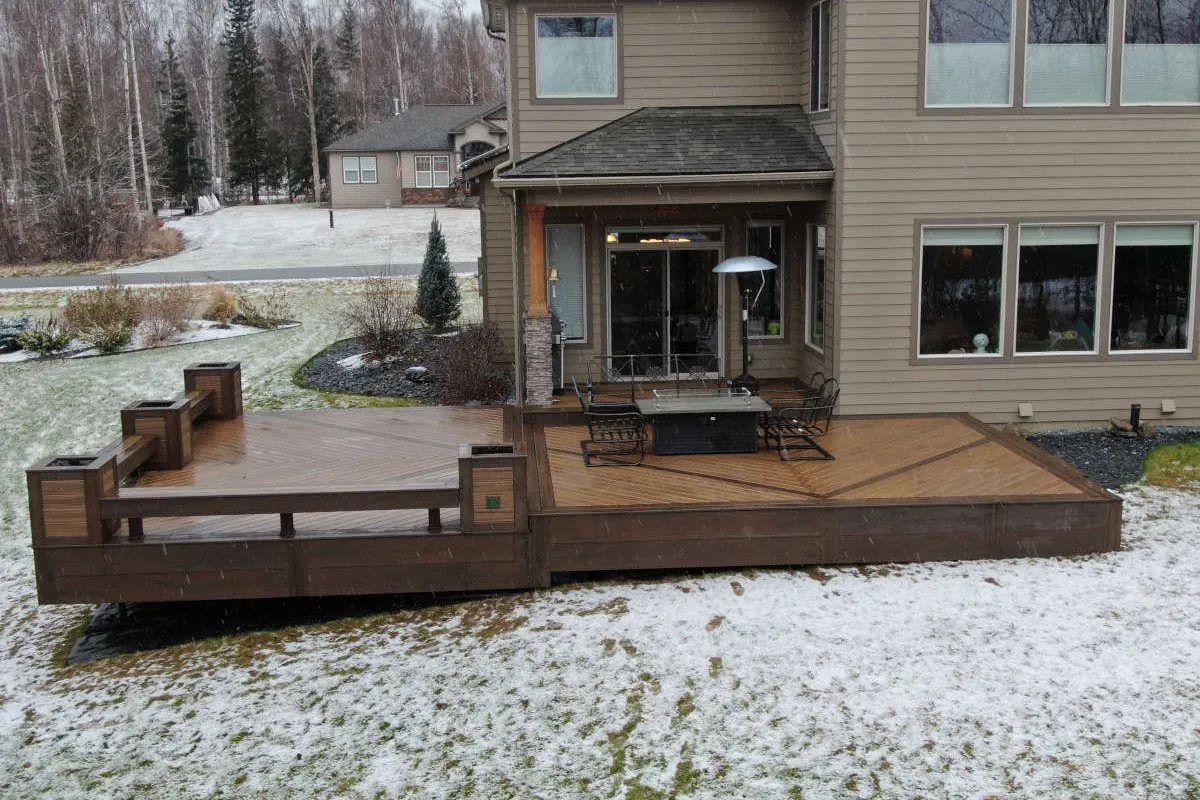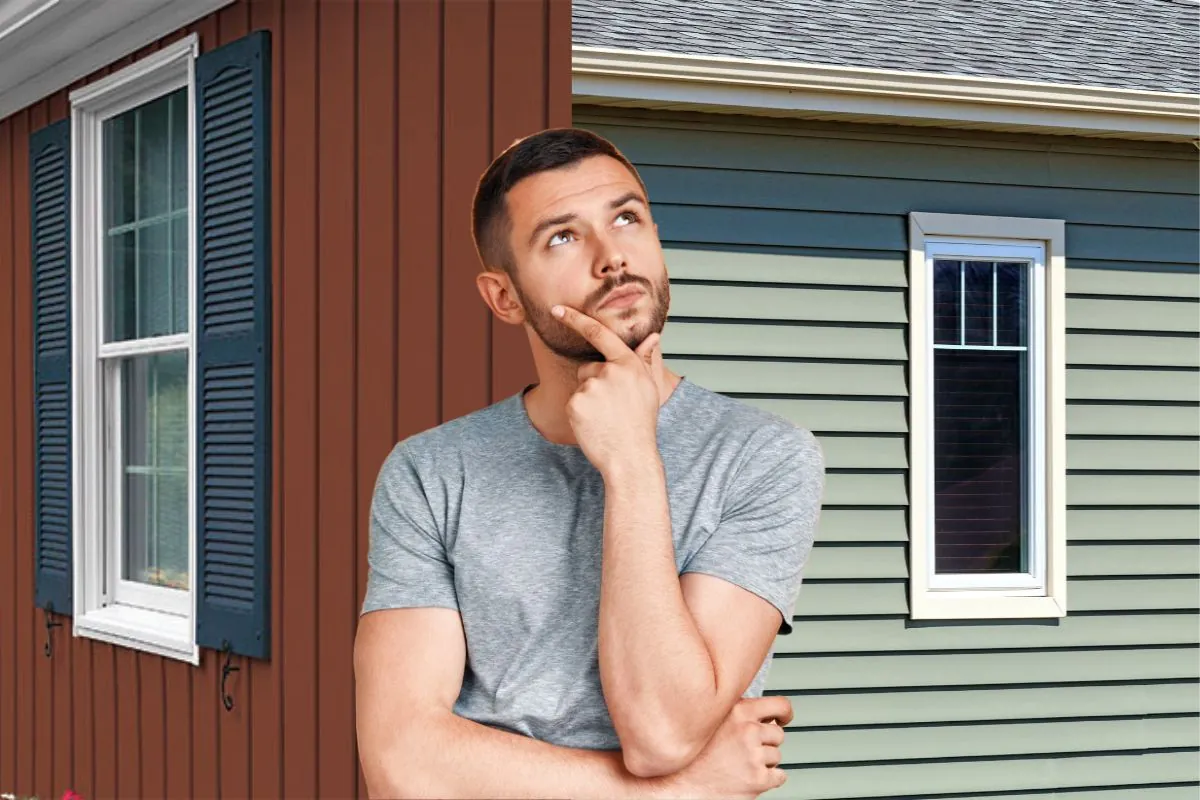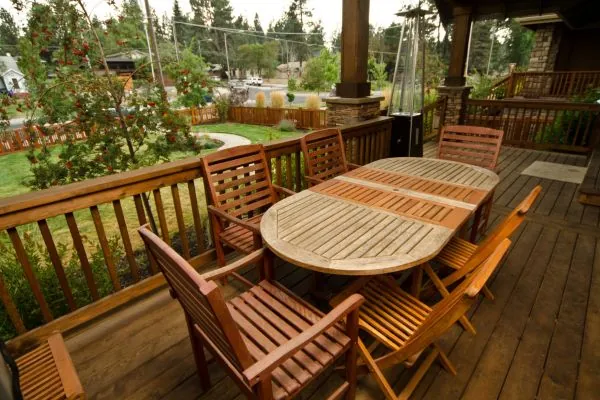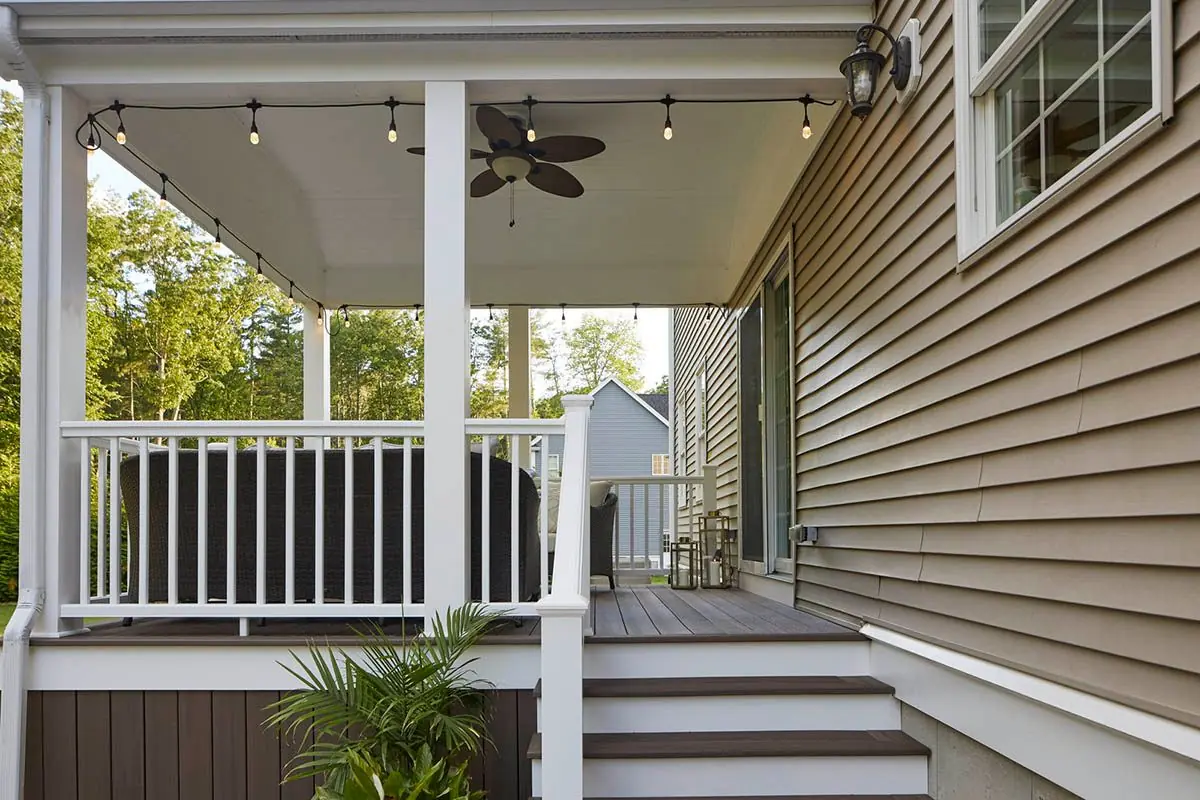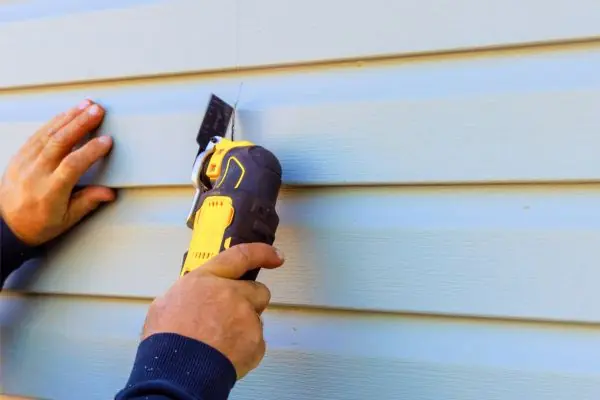
Replacing your home’s exterior can feel like a breath of fresh air. Vinyl siding replacement offers a blend of durability and aesthetic flexibility. Homeowners often struggle to know when to replace siding and how to approach it.
For those wondering how to fix vinyl siding that’s worn out, it is not as simple as applying glue or a filler with little planning or care, it requires careful planning and execution.
In this article, we will guide you through the vital steps to ensure your home’s curb appeal and structure are maintained with expertise. Our expert team of siding replacement and repair professionals are ready to help.
I. Understanding Vinyl Siding Replacement
Vinyl siding replacement pieces that are aesthetic and durable make your home’s exterior more refreshing. It requires meticulous planning and understanding of the process. At the same time, addressing each step precisely ensures a durable, attractive finish. Here is a closer look at what you need to know about vinyl siding replacement and how to get it done correctly.
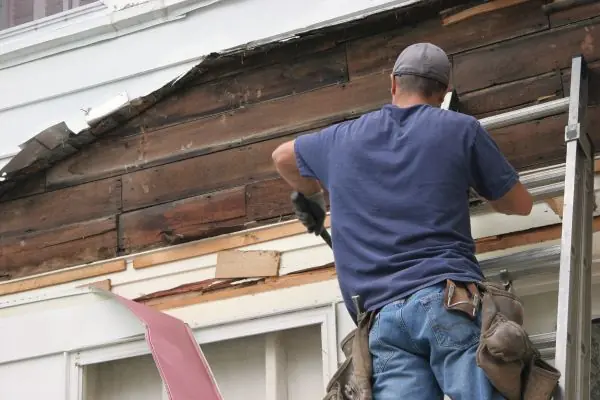
A. Tools and materials needed
Starting a vinyl siding replacement requires specific tools and materials. It focuses on polyvinyl chloride panels for their resilience against heat and water damage. Accurate cost estimates depend on understanding all components, including siding and trim pieces. Homeowners need the right equipment to remove old siding and install new panels. This will ensure a professional look and long-lasting protection for their home.
B. Step-by-step process
Homeowners should start by removing the old vinyl and carefully working around the perimeter so as not to damage underlying structures. A keen eye helps to assess any areas needing repair or a new coat of paint, particularly on surfaces like brick that may have been concealed by the siding. After preparing the area, they can align and attach the new vinyl. Once preparation is complete, they can align and attach the new vinyl. For enhanced durability and a robust warranty, fiber siding is an excellent option.
C. Alternatives to vinyl siding
Homeowners often consider fiber cement for its durability and energy savings as an alternative to vinyl siding. It insulates better, reducing heating and cooling costs. Finishes like stucco offer unique textures and styles. However, it’s important to review how different materials impact insurance premiums due to varying fire and weather resistance.
II. Cost Breakdown of Vinyl Siding Replacement
Achieving an updated facade with new siding is an investment that varies in cost, depending on various elements.
Critical factors such as current damage, material quality, and home size influence the final cost. Cost per square foot helps homeowners compare pricing against space and budget. Fiber cement siding offers resistance to termites and mold, reducing long-term maintenance costs. Careful consideration of these factors allows homeowners to make informed decisions. By examining all aspects of the expenditure, they can choose an option that meets both functional and aesthetic needs.
A. Cost Factors
Replacing vinyl siding costs can vary greatly based on specific renovation needs. Installing a batten system creates a secure, level framework for panel attachment. Incorporating plumbing features or accents like stone veneer complicates the process. Each decision in the renovation enhances both home protection and aesthetic value.
The cost of vinyl siding replacement depends on material quality, labor, home size, location, and additional services. Higher-grade materials offer better durability and aesthetics but cost more, while lower-grade options may lead to higher maintenance costs. Experienced contractors charge more but ensure efficient, high-quality work.
1. Average Cost
Understanding the average vinyl siding replacement costs require considering outdoor factors that directly influence expenses. Local climate determines the siding grade needed to withstand weather extremes, affecting pricing. Homes with extensive lawns may require additional pest-resistant measures, altering costs. Homeowners prioritizing beauty and integrity may choose engineered wood. It offers aesthetic enhancement that influences project costs.
Larger homes with complex designs need more materials and labor, raising costs. Geographic location affects prices due to regional variations in materials, labor, and permits. Additional services like old siding removal, structural repairs, and insulation add to the budget. Customization and extras, such as decorative elements, also increase the overall expense. This can all add to the average costs as the scope increases so it is something else to keep in mind.
1. Alternatives to Vinyl Siding
Plywood siding provides moisture resistance and a distinctive design. Its layered structure forms a robust barrier against elements. Whereas, natural wood grain adds warmth and appeal to a home’s exterior. Versatile textures and finishes allow for a personalized appearance, boosting property aesthetics.
Homeowners can save time and money with alternative materials that look and feel almost the same. These materials are often more affordable and can achieve the same basic visual appeal as vinyl in many cases. If you are interested in hearing about suitable alternatives to use in your home, talk to your contractor before the work begins and see what recommendations they can make.
III. Tips for a Successful Vinyl Siding Replacement
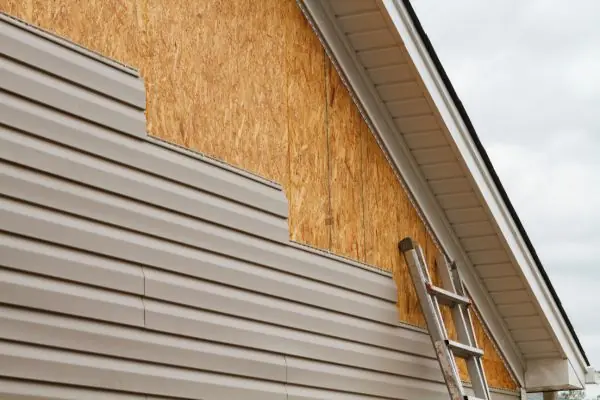
Undertaking projects such as vinyl siding replacement has the potential to dramatically transform your home’s appearance and functionality. Achieving success hinges on meticulously planning and executing informed decisions at every stage of the process.
A. Choose Quality Materials
When homeowners decide to install siding, selecting superior-quality materials is paramount. High-grade materials mitigate the risk of premature damage and guarantee longevity, reducing the need for early replacement. Investing in top-notch materials will greatly enhance the aesthetic appeal of your home. It can also ensure that the siding withstands harsh weather conditions and daily wear and tear for years to come.
B. Consider Hiring a Professional
For homeowners longing to replace vinyl siding, considering the expertise of siding contractors is a wise move. Professionals bring a wealth of experience and skills to the table, ensuring the installation is completed with precision and efficiency. While professional installation costs might seem higher initially, the long-term benefits of superior quality and durability. All of this can potentially lower maintenance expenses, making it a worthwhile investment for homeowners in the area.
C. Proper Maintenance
Regular maintenance is crucial for protecting new siding from weather damage and avoiding higher costs. Consistent cleaning and periodic inspections help preserve the appearance and durability of vinyl siding over time. By addressing minor issues promptly and keeping the siding free from dirt and debris, homeowners can significantly extend the lifespan of their siding and maintain their home’s curb appeal.
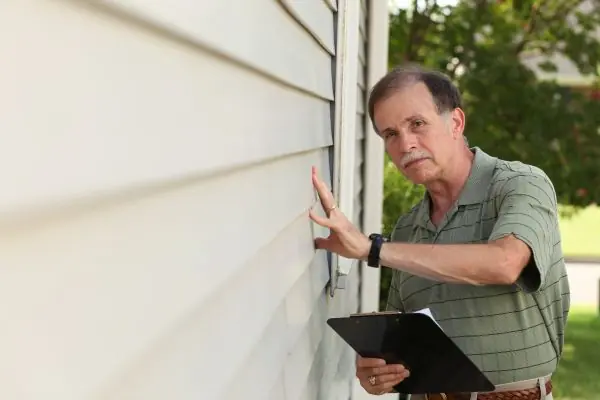
D. Ensure Proper Insulation
Proper insulation behind your vinyl siding is essential for energy efficiency and comfort in your home. Quality insulation helps to regulate indoor temperatures, reducing heating and cooling costs. Additionally, it can prevent moisture buildup that might lead to mold or mildew issues. The proper use of siding and insulation is needed to maximize your home’s energy efficiency and maintain a comfortable living environment.
E. Understand Local Building Codes
Before embarking on a vinyl siding replacement project, familiarize yourself with local building codes and regulations. Compliance with these codes is mandatory and ensures the safety and legality of your project. Understanding these requirements can prevent costly fines or the need to redo work that does not meet standards. Consult with your contractor or local building authority to ensure all aspects of the project adhere to relevant codes, making the process smoother and legally sound.
Conclusion
Vinyl siding replacement revitalizes the home exterior and enhances protection against environmental hazards. Choosing quality materials and professional installation optimizes longevity and performance. Cost-effective planning, including exploring material alternatives and their impacts, empowers informed financial decisions. Regular maintenance preserves the investment, maintaining the siding’s durability and aesthetic appeal. Call today to get started and to see what vinyl siding options are best suited for your home and your lifestyle!

